Home>Gardening & Outdoor>Landscaping Ideas>When To Cut New Grass Seed
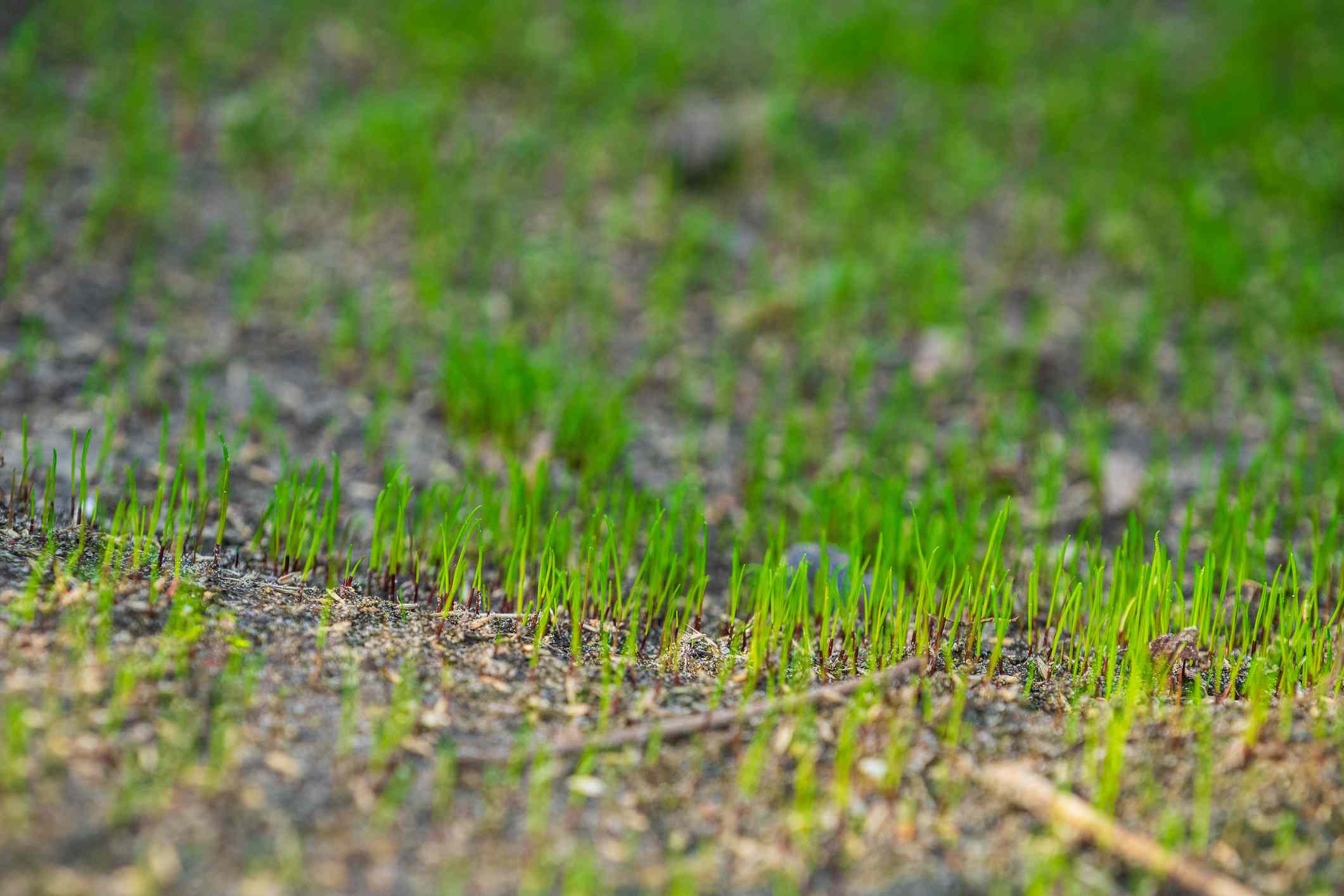

Landscaping Ideas
When To Cut New Grass Seed
Modified: August 17, 2024
Learn when to cut new grass seed for your landscaping project. Get expert tips and ideas for a lush, healthy lawn. Discover the best practices for landscaping with new grass seed.
(Many of the links in this article redirect to a specific reviewed product. Your purchase of these products through affiliate links helps to generate commission for Storables.com, at no extra cost. Learn more)
Introduction
Starting a new lawn from seed can be an exciting endeavor, but it requires careful attention and proper maintenance to ensure the grass grows lush and healthy. One crucial aspect of nurturing new grass seed is knowing when to cut it for the first time. While it may seem straightforward, timing is key to promoting strong root development and overall lawn resilience.
In this article, we will delve into the factors to consider before cutting new grass seed, discuss how to determine the ideal timing for this task, and highlight best practices to follow. By understanding these essential aspects, you can set your new lawn on the path to thriving and enjoy a vibrant, verdant landscape.
Key Takeaways:
- Timing is crucial when cutting new grass seed to promote strong root development and overall lawn resilience. Factors like grass height, weather conditions, and soil moisture must be considered.
- To ensure a healthy lawn, monitor grass height, root development, blade sharpness, and grass density before cutting new grass seed. Adhering to best practices like setting the right mowing height and maintaining mower blades is essential.
Read more: When To Cut New Bermuda Grass
Factors to Consider Before Cutting New Grass Seed
Before reaching for the lawnmower to trim your new grass seed, it’s crucial to consider several factors that can impact the success of this task and the overall health of your lawn. Understanding these elements will help you make informed decisions and ensure that cutting the grass at the right time will contribute to its long-term vitality.
- Grass Height: One of the primary considerations before cutting new grass seed is the height of the grass. It’s essential to allow the grass to establish strong roots before mowing. Cutting the grass too early can hinder root development and weaken the overall structure of the lawn.
- Weather Conditions: The prevailing weather conditions play a significant role in determining when to cut new grass seed. Ideally, you should avoid mowing when the grass is wet, as this can lead to clumping and uneven cuts. Additionally, extreme heat or drought can stress the grass, so it’s important to assess the weather forecast before scheduling a mowing session.
- Soil Moisture: Adequate soil moisture is crucial for the health of new grass seed. Before mowing, ensure that the soil is not overly dry, as this can impede the grass’s ability to recover from the stress of cutting. Conversely, excessively wet soil can lead to soil compaction and damage the delicate grass seedlings.
- Overall Lawn Health: Assessing the general health of the lawn is essential before deciding to cut new grass seed. If the grass is showing signs of stress or slow growth, it may be best to postpone mowing until the lawn exhibits robust, healthy growth.
By carefully considering these factors, you can make an informed decision about when to cut new grass seed, ultimately contributing to the long-term success of your lawn.
How to Determine When to Cut New Grass Seed
Determining the optimal time to cut new grass seed involves a combination of observation, monitoring, and understanding the growth patterns of the grass. By paying close attention to the following indicators, you can make an informed decision about when to proceed with the first mowing.
- Grass Height: Monitor the height of the grass seedlings. As a general rule, it’s best to wait until the grass reaches a height of approximately 3 to 4 inches before considering the first cut. This height allows the grass to establish strong roots while ensuring that it can withstand the stress of mowing.
- Root Development: Assess the development of the grass roots. Strong, well-established roots are crucial for the long-term health and resilience of the lawn. Before mowing, gently pull up a few grass seedlings to check for root development. If the roots appear healthy and adequately anchored in the soil, it may be a suitable time to proceed with cutting the grass.
- Blade Sharpness: Ensure that the lawnmower blades are sharp and well-maintained. Dull blades can tear the grass rather than providing a clean cut, leading to increased stress on the grass plants. Sharpen the blades if necessary to ensure a precise and even cut.
- Grass Density: Consider the density of the grass. If the lawn appears thick and lush, it may be an indication that the grass is ready for its first trim. However, if the grass coverage is sparse or uneven, it’s advisable to allow more time for the grass to fill in before mowing.
By carefully evaluating these factors and using them as a guide, you can determine the most appropriate time to cut new grass seed, promoting healthy growth and a robust lawn.
Wait until the new grass reaches 3-4 inches before cutting. This allows the roots to establish and the blades to grow stronger. Avoid cutting more than 1/3 of the grass height at a time.
Best Practices for Cutting New Grass Seed
When it comes to cutting new grass seed, following best practices is essential for promoting optimal growth and maintaining the overall health of your lawn. By adhering to these guidelines, you can ensure that the first mowing sets the stage for a vibrant and resilient lawn.
- Set the Right Mowing Height: Adjust the mower to a suitable cutting height, typically around 2 to 3 inches for most grass species. Avoid cutting the grass too short, as this can stress the plants and impede their ability to photosynthesize effectively.
- Mow When the Grass is Dry: It’s best to mow the lawn when the grass is dry to achieve a clean, even cut. Wet grass can lead to clumping and uneven mowing, which may hinder the grass’s recovery and growth.
- Alternate Mowing Patterns: Vary the mowing direction with each session to prevent the grass from developing a grain and to promote upright growth. This practice also helps prevent soil compaction and ensures an even cut across the entire lawn.
- Leave Grass Clippings on the Lawn: Consider leaving grass clippings on the lawn, as they can provide valuable nutrients to the soil as they decompose. This natural mulching process can contribute to healthier grass growth and reduce the need for additional fertilization.
- Maintain Mower Blades: Regularly inspect and sharpen the mower blades to ensure a clean cut. Dull blades can tear the grass, leading to increased stress and potential damage to the plants.
By incorporating these best practices into your lawn care routine, you can support the healthy development of new grass seed and establish a strong foundation for a lush, thriving lawn.
Conclusion
Knowing when to cut new grass seed is a crucial aspect of nurturing a healthy, vibrant lawn. By considering key factors such as grass height, weather conditions, soil moisture, and overall lawn health, you can make informed decisions about the best time to proceed with the first mowing. Additionally, monitoring grass height, root development, blade sharpness, and grass density can help you determine the optimal timing for cutting new grass seed.
When it comes to mowing new grass seed, adhering to best practices is essential for promoting strong root development and ensuring the long-term health of the lawn. Setting the mower at the right height, mowing when the grass is dry, alternating mowing patterns, leaving grass clippings on the lawn, and maintaining mower blades are all critical aspects of this process.
By following these guidelines and understanding the nuanced considerations involved in cutting new grass seed, you can set the stage for a lush, resilient lawn that enhances the beauty of your outdoor space. With careful attention and proper maintenance, your new grass seed will flourish, providing a verdant and inviting landscape for years to come.
Frequently Asked Questions about When To Cut New Grass Seed
Was this page helpful?
At Storables.com, we guarantee accurate and reliable information. Our content, validated by Expert Board Contributors, is crafted following stringent Editorial Policies. We're committed to providing you with well-researched, expert-backed insights for all your informational needs.
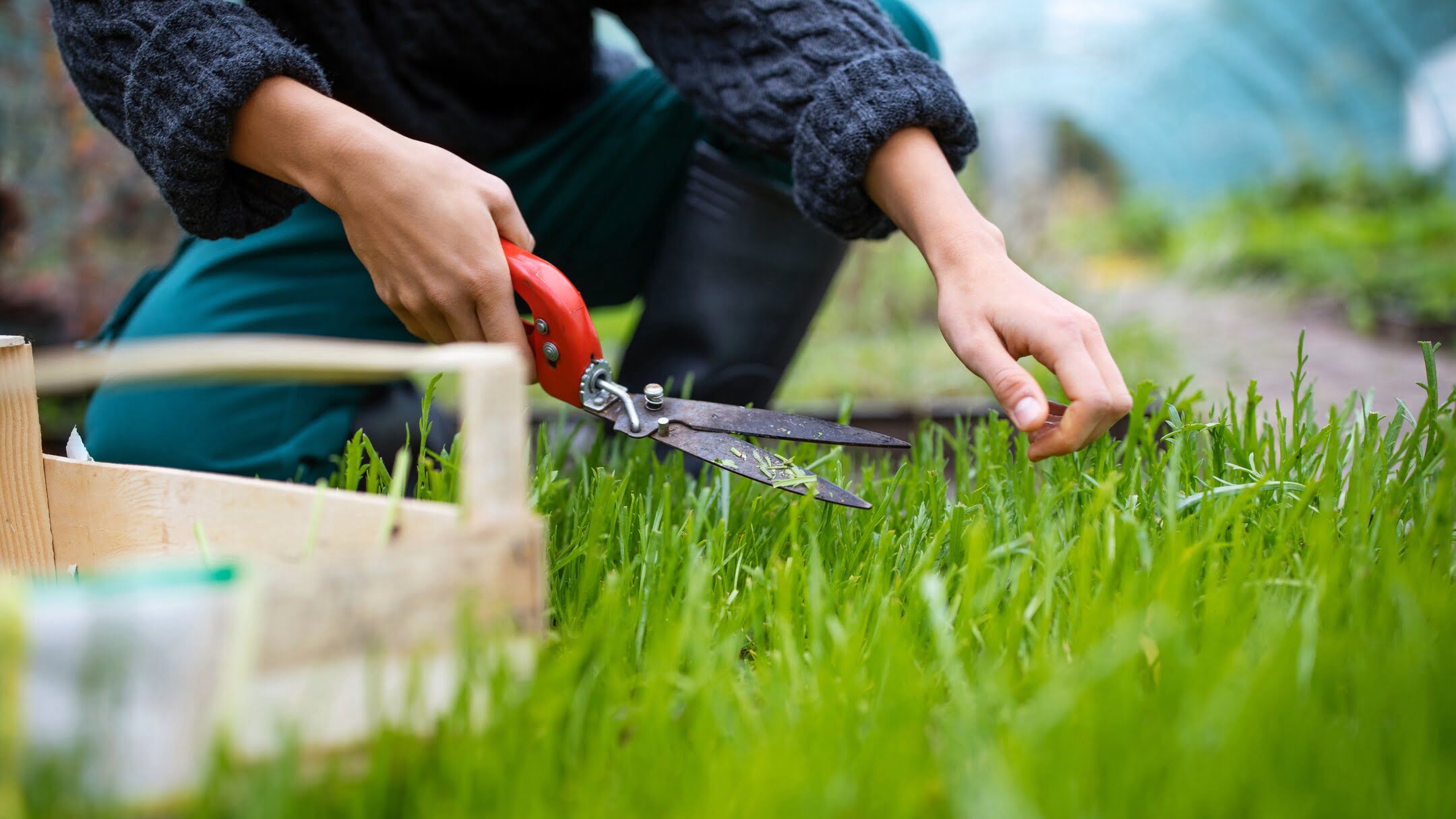

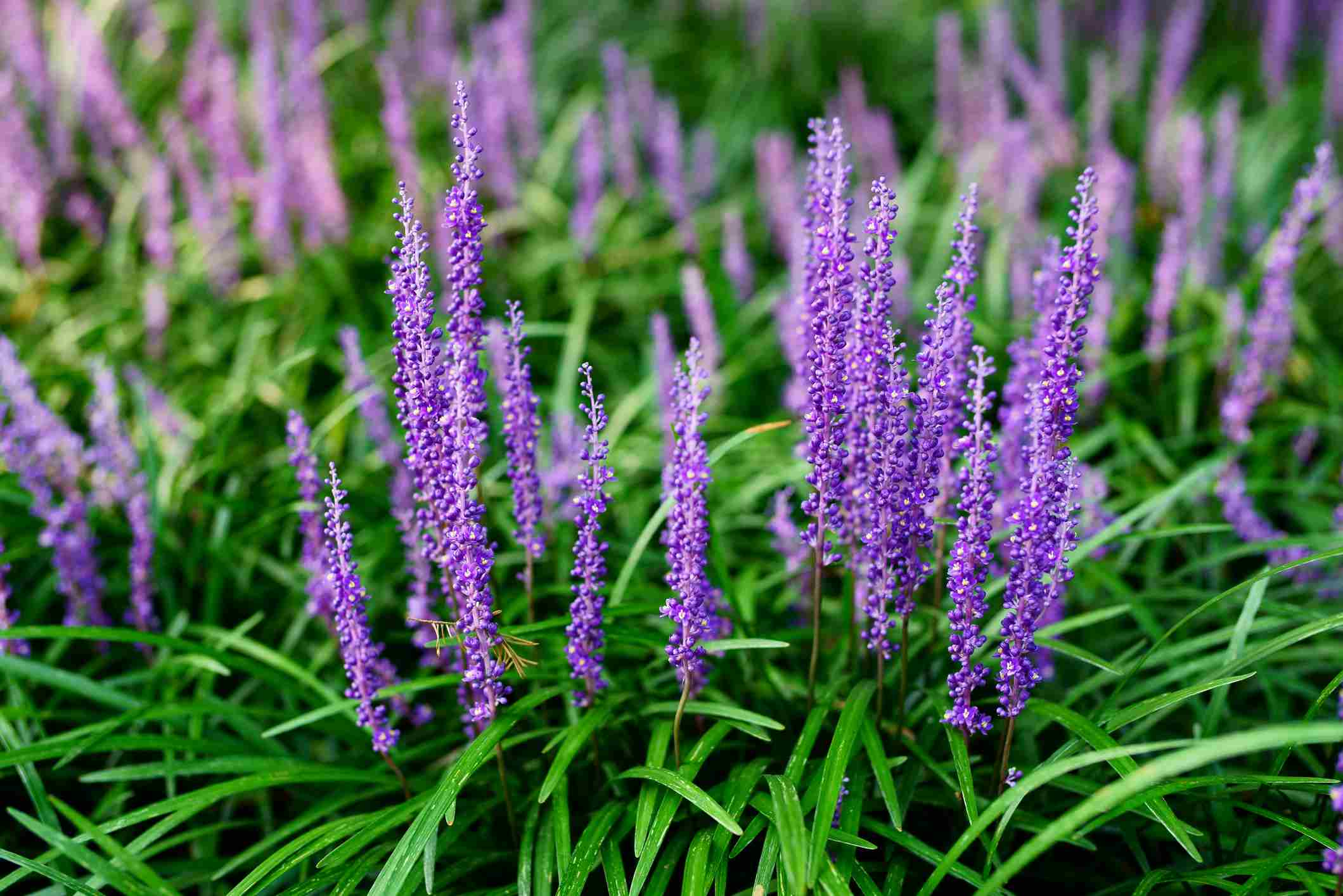
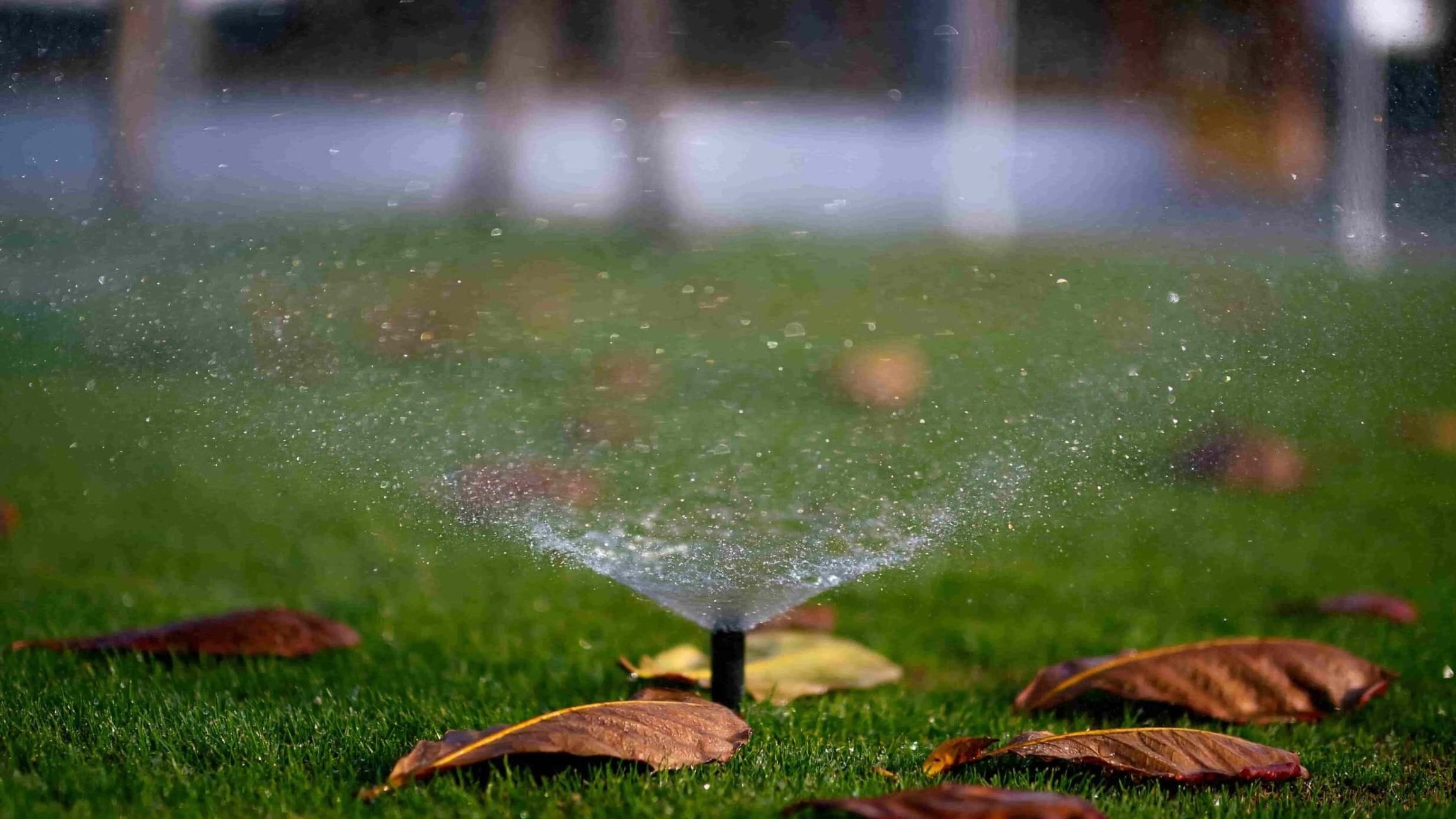

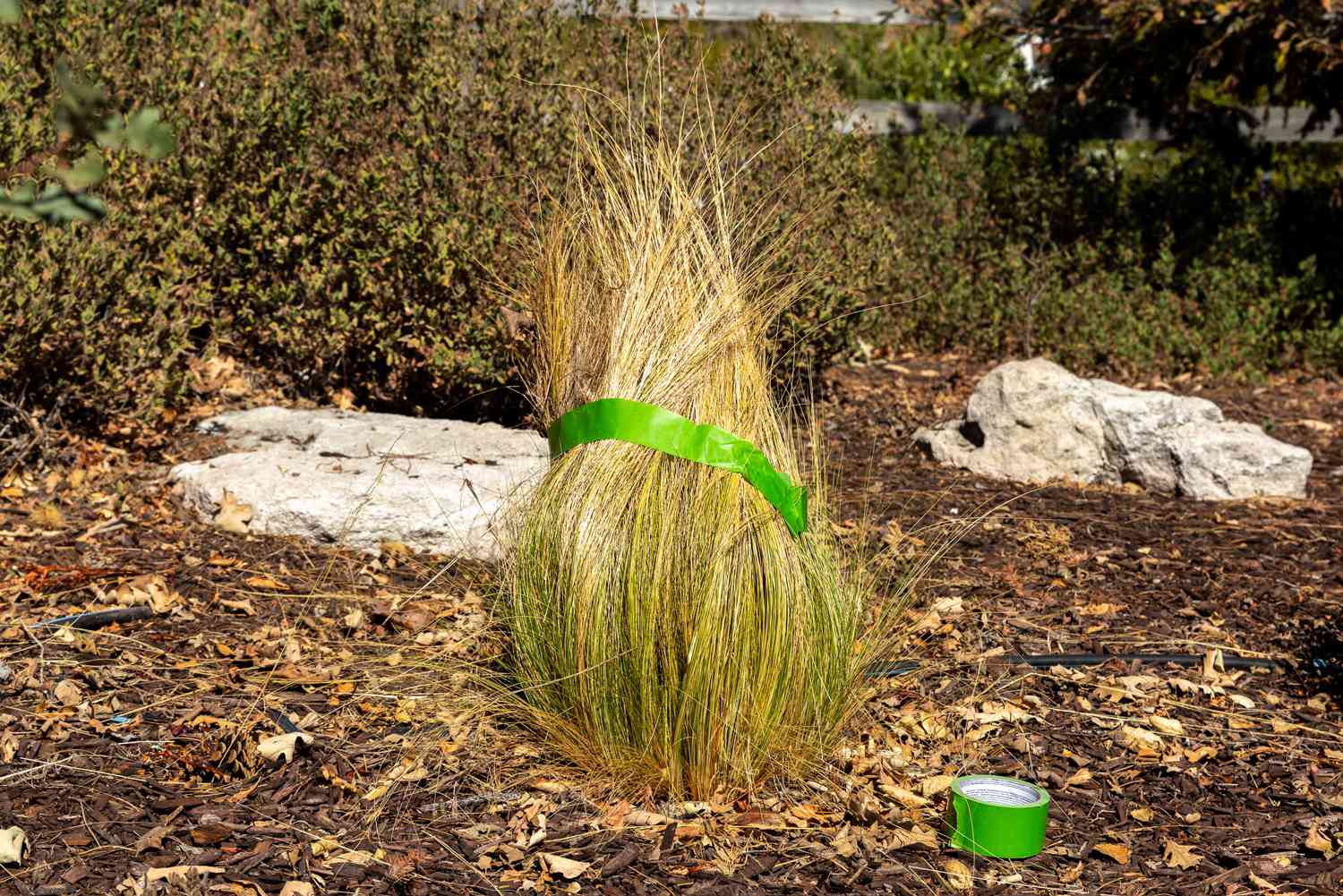
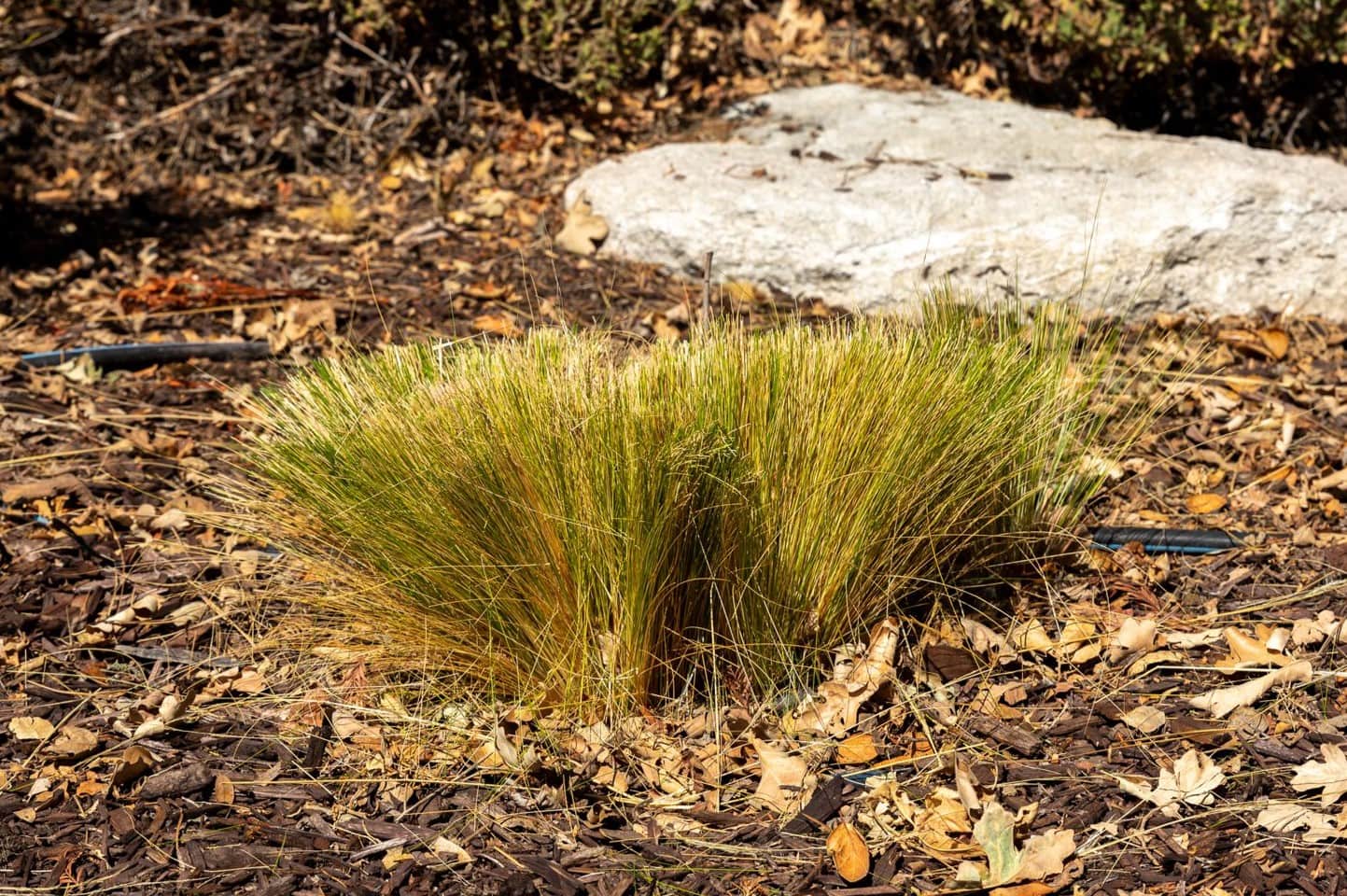

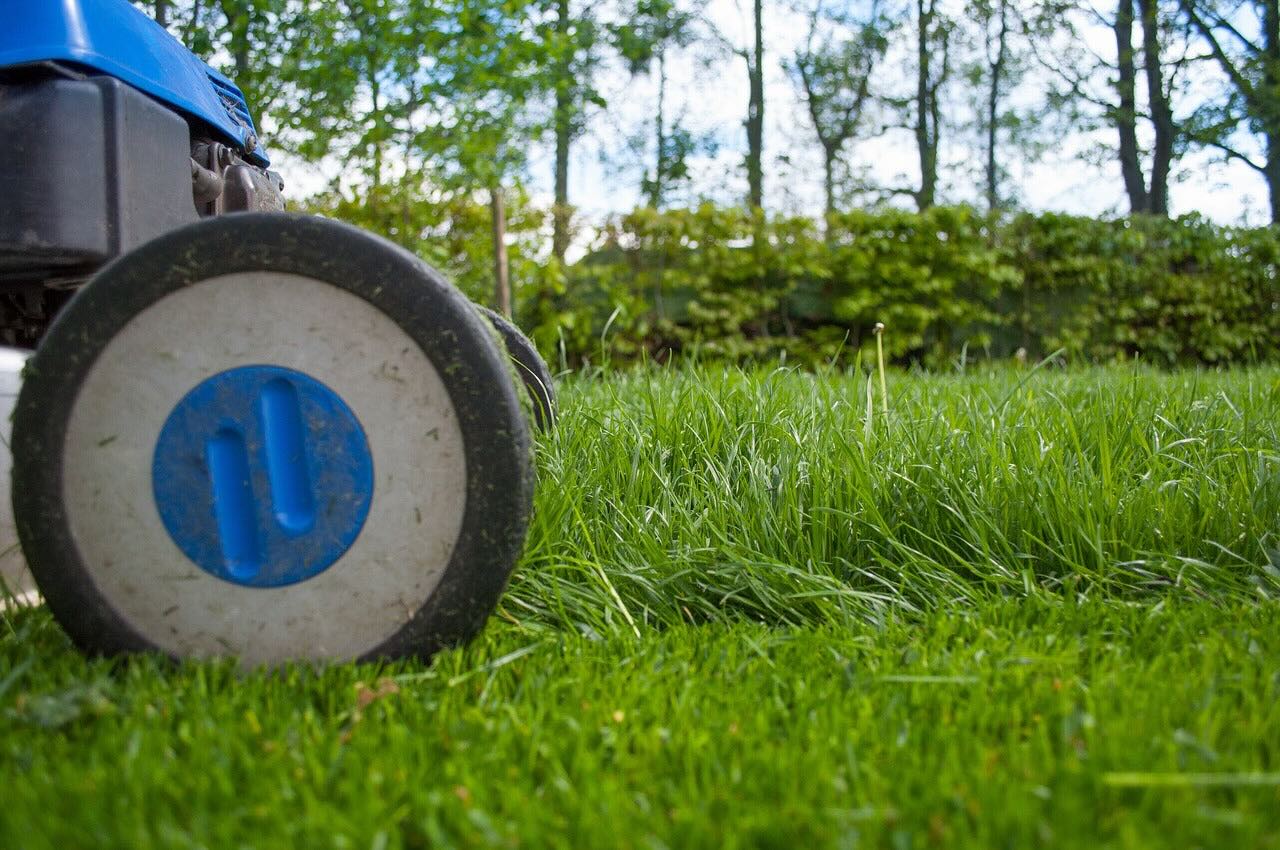
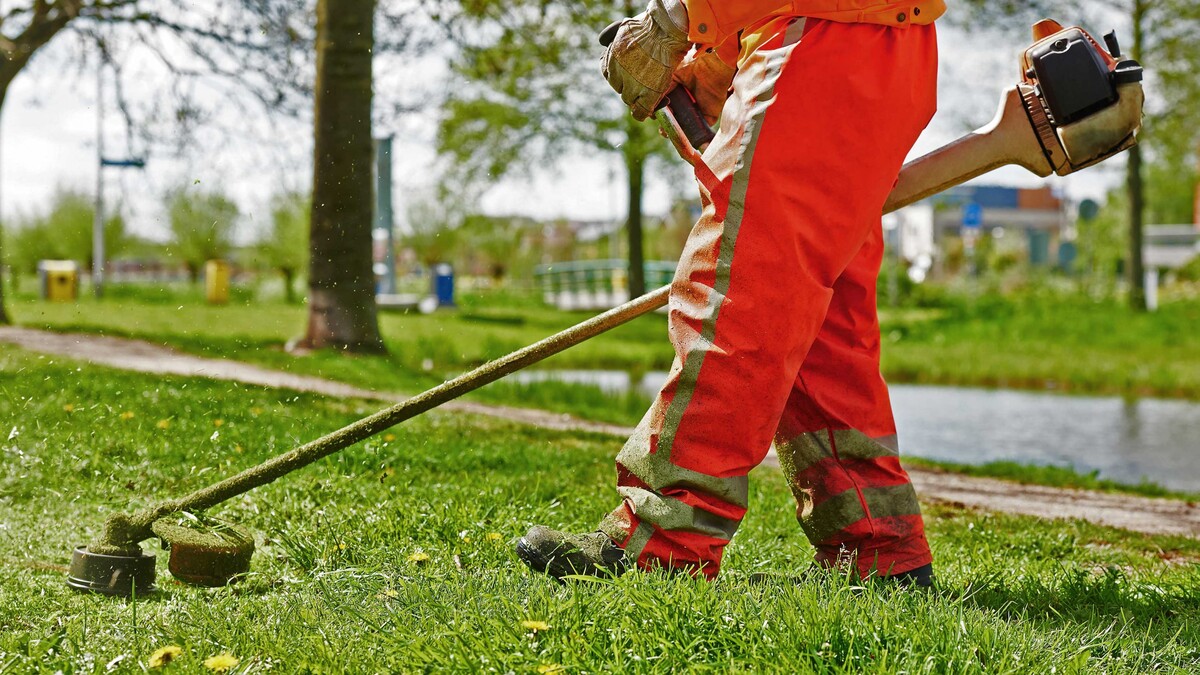
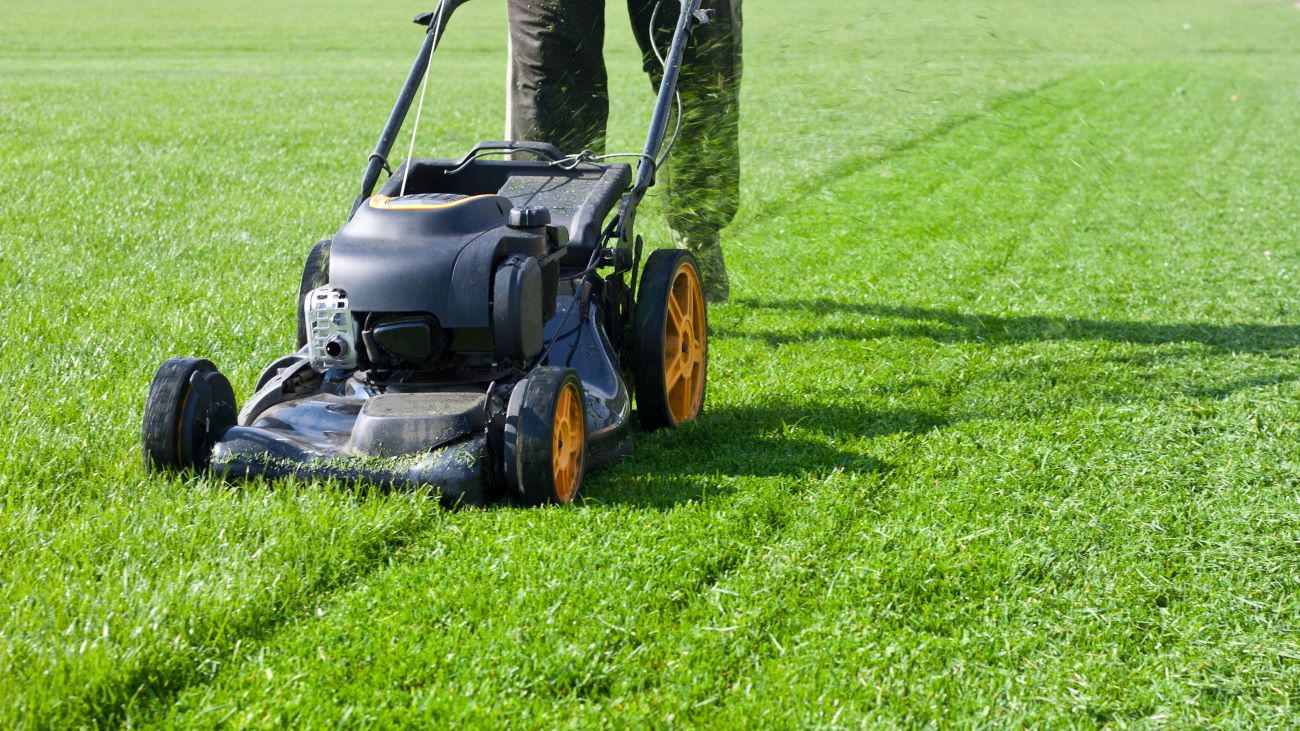
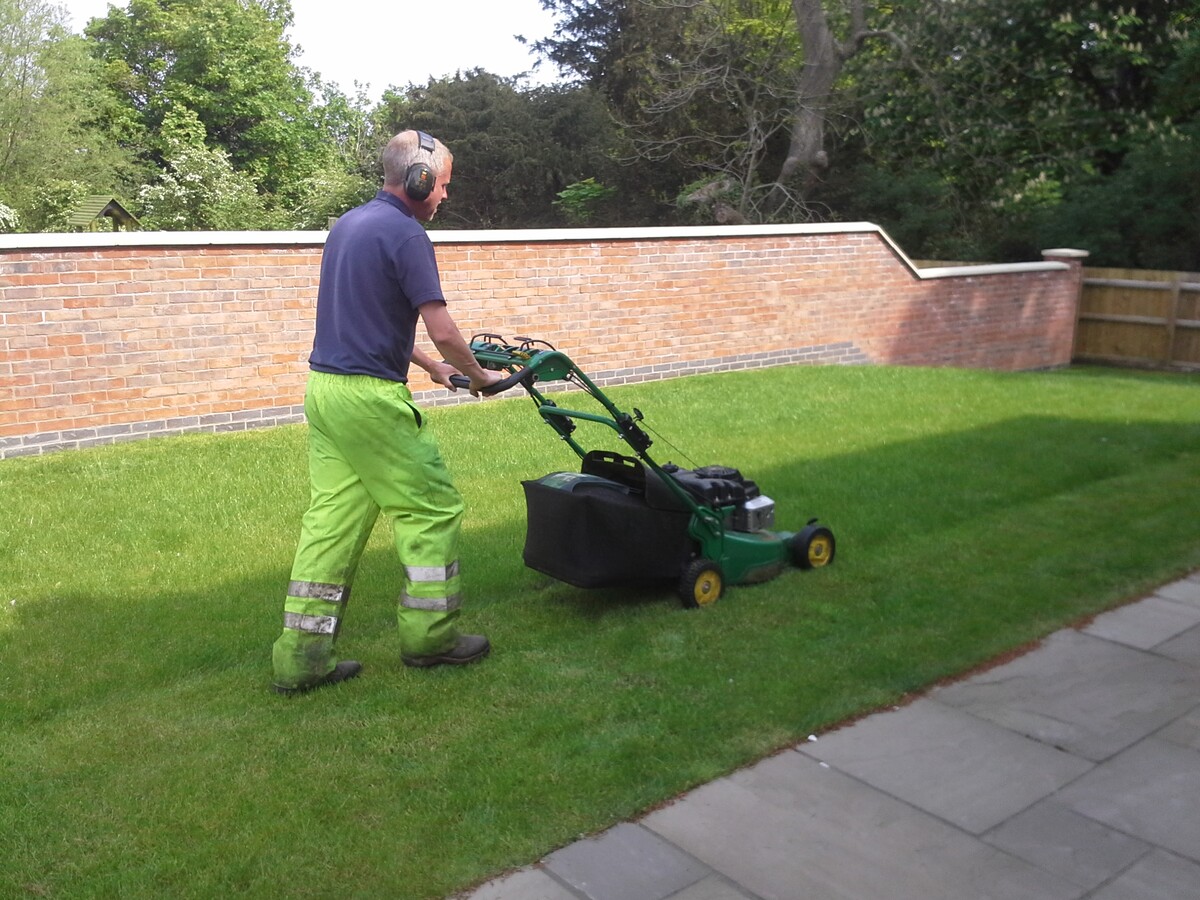
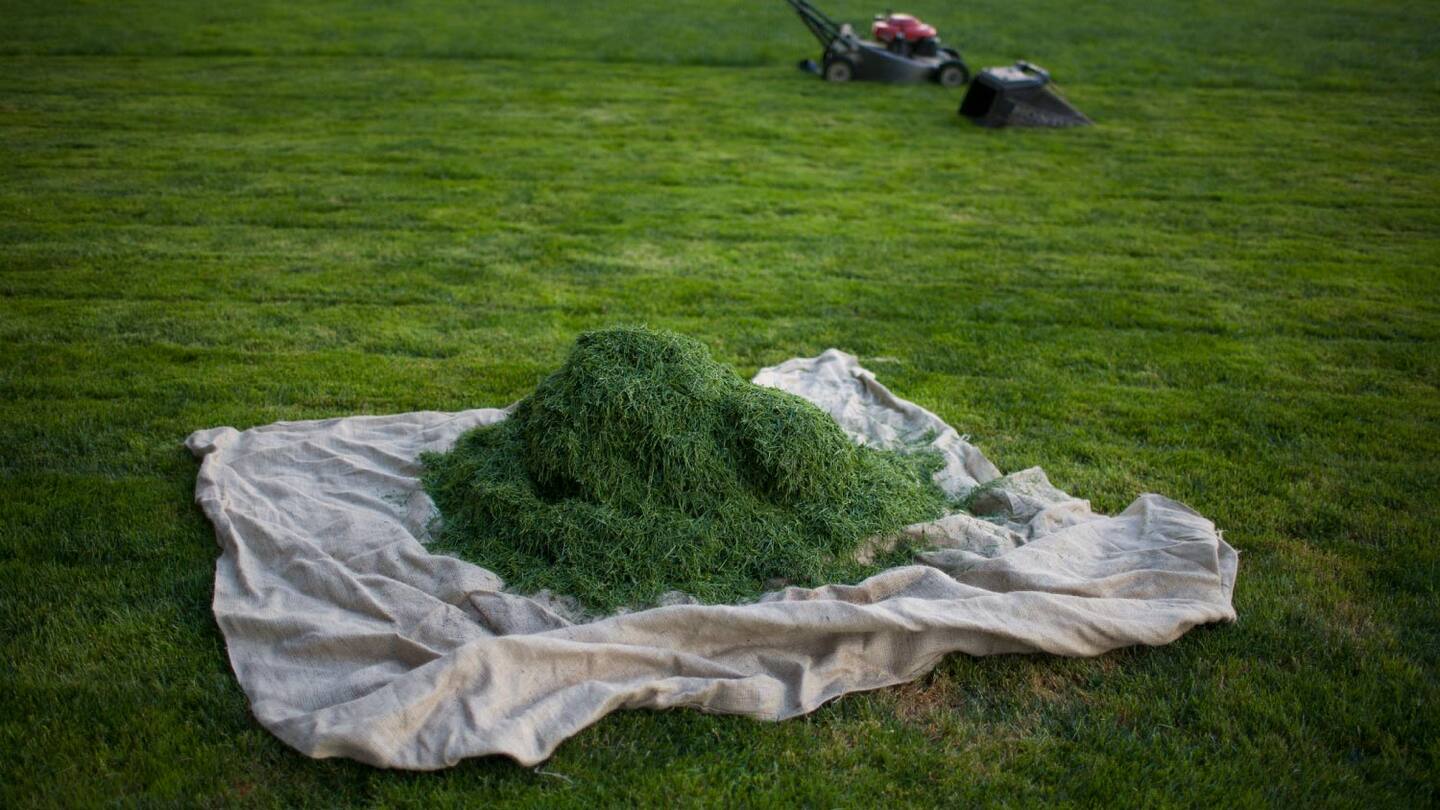
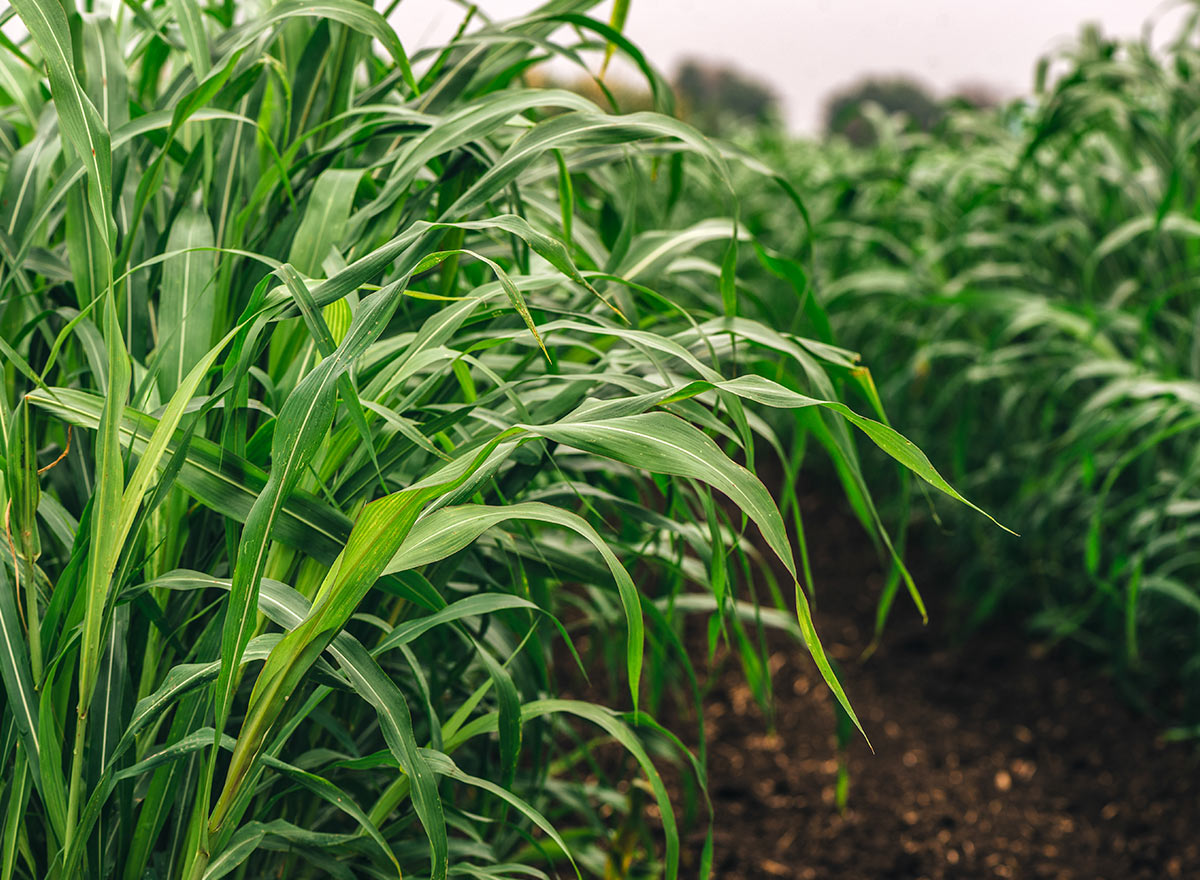


0 thoughts on “When To Cut New Grass Seed”